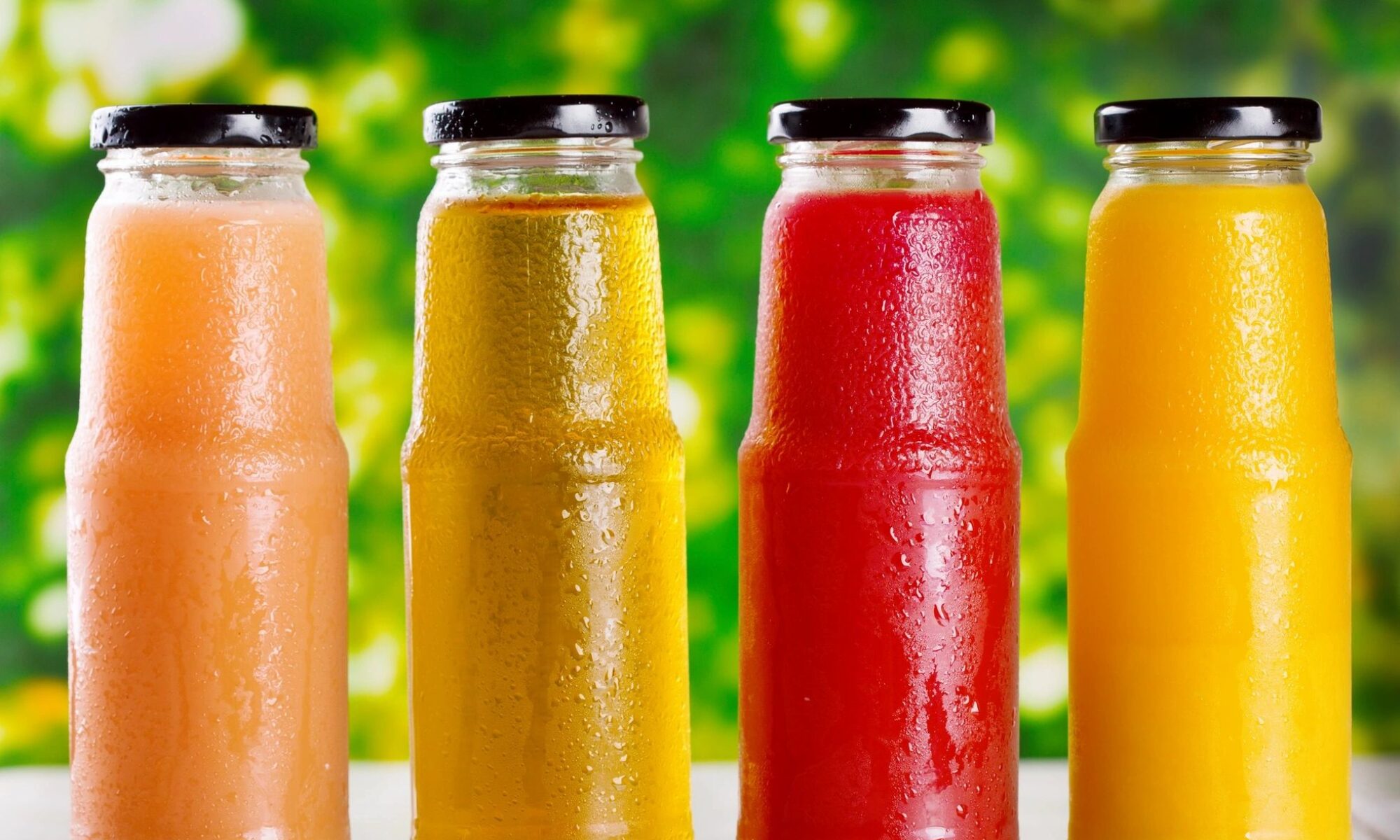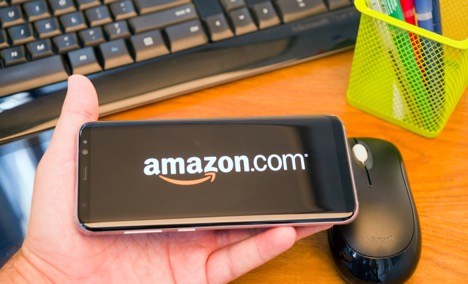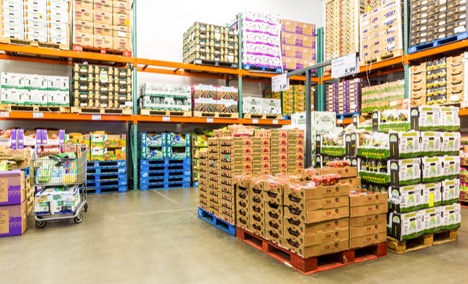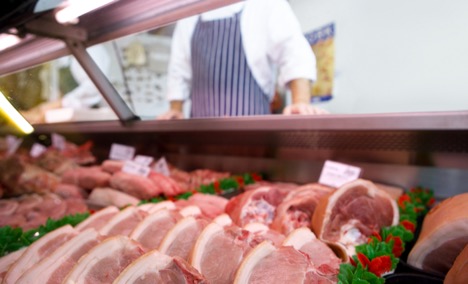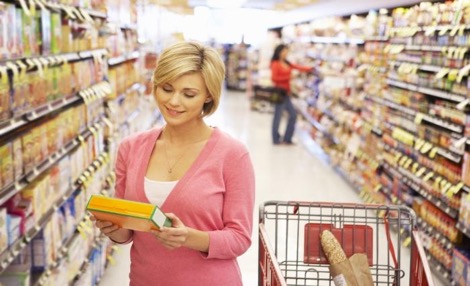
It’s a great feeling to help a person in need. Charity donors are often told that even a small donation goes a long way, and that’s undoubtedly true. Many small contributions can amount to a massive collective effort to benefit a cause. However, it’s even better when you’re capable of making a big difference in society, which is something many brands have begun striving towards.
Skeptics might call it a PR trend to improve brand reputation in the increasingly demanding spotlight of the public eye. Still, whatever the reason behind this practice may be, there’s no denying that many food brands are turning towards supporting organizations that strive to help those in need. Here’s our list of food brands that have given back in big ways:
Newman’s Own
I was fortunate to work with the folks at Newman’s Own early in my career. The late actor Paul Newman famously stated: “What could be better than to hold your hand out to people who are less fortunate than you are?” Today, Newman’s Own still holds that statement in high regard — and the company acts on it as well. Newman’s Own is a food brand founded by Paul Newman and A.E. Hotchner in 1982. It all started with a simple salad dressing that they prepared themselves and gave it away to friends. With time, the newly founded company began producing other food items, such as pasta sauces, popcorn, salsa, juices, frozen pizza and plenty more.
They give 100% of their after-tax product sales profits to Newman’s Own Foundation, which donates it to nonprofits worldwide. Since 1982, the company has given away over $500 million to charity, still following the vision of its philanthropist founder.
KIND
Another big player amongst the philanthropist food brands, KIND is a snack-food company that takes an actionable approach to improve the world. Every month, the KIND Foundation provides a $10,000 grant to humanitarian, socially impactful charities and organizations. Founded in 2004, its mission is to do the kind thing by driving change in society to create more empathetic and kinder communities.
Over the years, they’ve maintained many different programs all with the same goal of promoting kindness: KIND People, KIND Causes, KIND Schools Challenge and others. They awarded over $1 million through their KIND People program to deserving individuals who have shown their humanitarian side in a big way, and over $450,000 through their KIND Causes program that went to funding ideas that can change society in a good way.
LARABAR
LARABAR makes non-GMO nutrition bars with minimally processed ingredients, and they take this sustainable approach in everything they do. Their commitment to using Fair Trade ingredients and partnering with different organizations that all help make a difference in the community shows a real dedication to being an environmentally aware, sustainable company.
Even though they recently terminated their partnership with TerraCycle, they still work with Feeding America and Denver Urban Gardens to help those in need have access to real food and seeds they might need to grow their sustainable gardens. Their focus is on empowering the individuals to raise awareness of the issue of hunger in America, and giving back to the community is part of their mission.
Justin’s
This nut butter company has made it their mission to give back to the community and pay it forward to organizations and companies who helped it reach the success it now enjoys. Justin Gold, the founder of Justin’s, is a co-creator of the Whole Planet’s Microloan-a-Month program. It focuses on entrepreneurs in developing countries and provides them the microloans they need to start and maintain their business.
Justin’s is a food brand that’s committed to making an impact, whether that’s by supporting environment-focused initiatives, nurturing their company sustainability or educating individuals that can drive change.
The Soulfull Project
The founders of The Soulfull Project started their hot cereal breakfast brand with the idea to give back, after having witnessed the problems caused by poverty and hunger on their trip to Texas. Unlike many other food brands, they focus on donating a physical product rather than money. They believe that food shelters should have quality food available, and it’s their mission to make it happen with their giving model.
For every purchased cup of their hot cereal, The Soulfull Project donates one cup to food shelters in Philadelphia and Camden. They make this possible by spending the funds that would usually go into a marketing budget on the donation aspect of their brand. Of course, that means they mostly rely on word of mouth marketing rather than traditional marketing avenues, but the consumers recognize their philanthropist mission and respond to it positively.
Trader Joe’s
Trader Joe’s is another food brand on a mission to fight hunger with food instead of donations, and they’ve been at it for decades. Their initiative also combats the problem of food waste, which is a massive issue as up to one-third of all the food produced in the world goes to waste before it can be consumed.
Trader Joe’s company takes their not-for-sale food that’s still safe to eat and donates it to food shelters and pantries. In 2017 alone, they gave over $340 million worth of food products to various organizations that provide food to those in need. Their food donation program has grown into an impressive operation over the years, with donation coordinators in charge of the process in every store. Employees share the responsibility for safely storing the food donations until it’s time to get them to the local food banks and shelters.
Key Takeaways
As more and more companies are moving towards maintaining a sustainable, environmentally beneficial and socially responsible business model, it’s likely that we’ll see more positive change in our community. It ultimately benefits all, which is why it’s so encouraging to see food brands giving back in big ways and making sure that the issues affecting the industry are addressed and taken care of.
By fighting hunger and food waste and supporting the brands who are on the frontline of this fight, we’re all doing something good for our world. If you wish to make your food business better for the community, stay on the lookout for more fresh industry insights that can help show the way.
